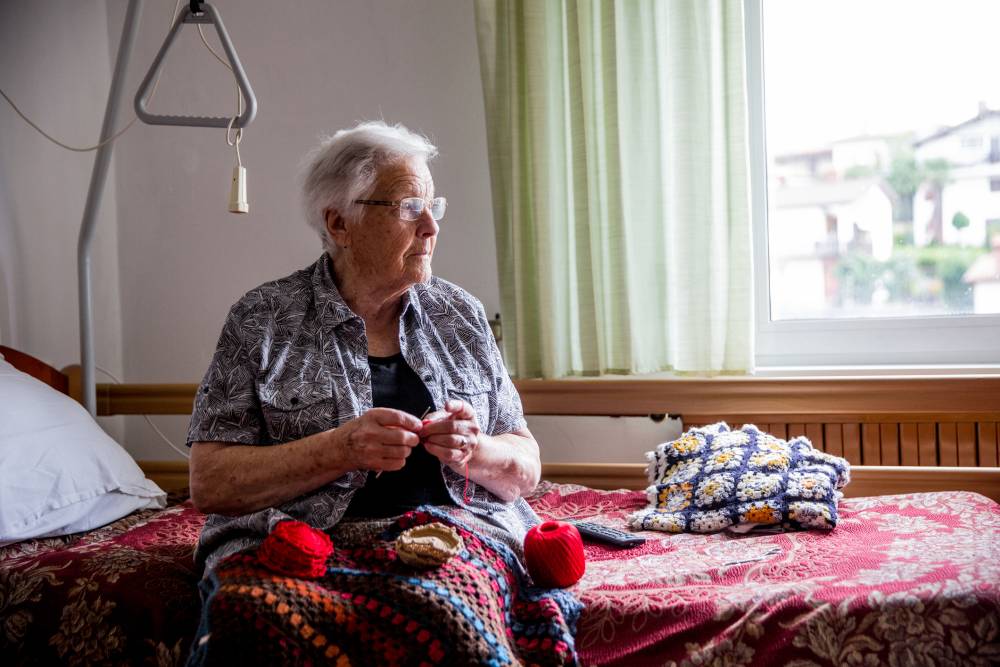
Cosy, home-like residences with designated carers who also cook and do laundry – these are the defining features of Green House Projects, a US model of aged care that, though still relatively small, is growing rapidly and gaining attention around the world for its successful outcomes and popularity with both families and residents.
The Green House model of aged care was developed in the US by geriatrician Dr Bill Thomas in 2003. Dr Thomas believes frail, elderly people shouldn’t live in institutions, they should live in real homes.
Only 10-12 residents occupy each home, which is built to blend into the local community. Green Houses are designed to look and feel like real homes, with a kitchen, living room, and easy access to the outdoors.
Friends and family are welcome, and residents are encouraged to pursue their individual passions and interests.
Residents have their own bedroom and bathroom, there are no long corridors or nursing stations. Residents are able to wake and get up when they choose, and can eat whenever it suits them, and choose what they’d like to eat.
Carers are known as shahbaz, and they work across a range of home-making responsibilities, including cooking, laundry, and care. The management structure is flatter, and the carer’s role is more nurturing than in traditional aged care. Staff to elder ratios are lower. Shahbazim are paid approximately 15 per cent more than typical certified nursing assistants. The same staff are consistently assigned to each home, and consequently staff friendships and a sense of trust develop over time.
The connections are also rewarding for staff, and Green Homes have a lower than average staff turnover. Shahbaz spend on average 4.2 hours per day on resident care, compared with 2.2 hours in conventional aged care.
Because the same carers are attending to residents regularly, they are also able to more easily assess a change in a resident, and ensure the appropriate care. Research found that Green House residents were 16 per cent less likely to be bedridden, 38 per cent less likely to have pressure ulcers, and 45 per cent less likely to have catheters. Avoidable hospitalizations and readmissions were also lower.
The model is supported with ongoing research, which has shown that though Green Houses are slightly more expensive to build, they have higher revenue and only slightly higher operating costs compared to traditional aged care homes. Staff are more engaged, the homes have higher occupancy rates, and there are higher rates of private paying occupants.
Developers are able to build their own Green Houses with a $200,000 payment to the not-for-profit Green House Project for training, design and support. Some developers have adapted the homes for veterans, public housing, short-term rehabilitation, and for people living with dementia.
The homes incorporate a hospice so they can be considered a home right until the end of life.
There are approximately 180 Green Houses across in the US, with an additional 150 in development. More than 2,000 residents call a Green House home. The numbers are small when you consider that there are 15,700 nursing home across the US housing 1.4 million aged care residents.
But the aged care industry is growing rapidly as the US population ages, as it is in Australia, and there is growing demand for more nurturing care in home-like environments. Green Houses are attracting attention – and offer a tested alternative.